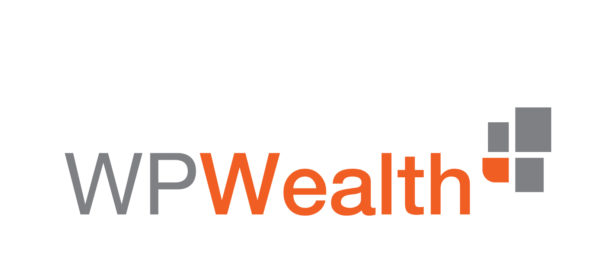For better or for worse, everything we do revolves around money. Whether you think about directly or not, almost every decision you make has an impact on your personal finances. If it is so important, then why do we neglect the basics of personal finance? We ask ourselves, could it be because only 11 states require students to take a stand-alone personal finance course to graduate? Or that three in five adults do not keep a budget? It’s hard for anyone to pinpoint the exact breakdown that has led us to where we are today. If kids are not learning about personal finance in school or home, where are they supposed to develop these skills? According to a survey completed by S&P Global, these skills are in fact, never developed. Did you know, just 57% of Americans can claim to be financially literate. Financial literacy is defined as having the ability to understand and use various financial skills, including personal financial management, budgeting, investing, and applying these best practices to your everyday life. The Financial Industry Regulatory Authority (FINRA), defines financial literacy as being able to answer at least three of the following five questions correctly: If you were unable to answer at least three of the five questions above, the remainder of this article will walk through three of the questions above in greater detail. How do I set up a budget? A simple guide to creating a budget is the 50/30/20 rule. With this rule, 50% of your income is reserved for spending, 30% for taxes, and 20% for saving and/or investing. As a rule of thumb, pay yourself first. By paying yourself first, this ensures that you are on the right track to saving. 20% of your budget should go directly into another savings account, 401(k), or another investment vehicle before allocating the rest of your money to spending and taxes. This 20% saving can also go to an emergency fund, which we will cover next. A budget is NOT a static, “set it and forget it” kind of tool. It is something that needs to be actively managed to adapt to lifestyle changes or life events. It is especially important to sit down and look over your budget whenever there is a change in income from a job change, bonus, raise, promotion, etc. Two notes worth mentioning: monitor your subscriptions and think ahead of your big purchases. Subscriptions are great and convenient, but they’re also a way for money to automatically be spent without realizing it. It’s worth tracking your subscriptions services and canceling the ones you don’t use. As for big purchases, saving money a few months in advance can save a lot of the headache. For example, if you realize you may have to replace a kitchen appliance soon or want to renovate your home, saving smaller amounts of money for a few months before you purchase it can give you more wiggle room in the future. In general, the more conservatism you build into your budget, the better. You can do this by underestimating your income and overestimating your expenses. That way, even if you miss your budget’s target, you’ll still be in a good position overall. The Basics of an Emergency Fund Typically, it is best practice to have three months of basic living expenses covered. This includes rent/mortgage, utilities, food, and other required bills. However, this may vary depending on your circumstances. A household with two or more incomes may only need 3 months of expenses saved, as it is unlikely that all sources of income will disappear at once. Meanwhile, a single person with one income source may want six or even nine months of expenses saved up as a bigger safety net. It is essential to build out your budget first, to truly know how much you will need to cover your emergency fund. What is my Credit Score? You can request a free copy of your credit report from each of the three major credit report agencies – Equifax®, Experian®, and TransUnion® – once each year. In addition, most credit cards, financial institutions, or loan companies have begun providing credit scores to their customers. However, we have found Credit Karma to be a very useful tool. Credit Karma allows you to see what kind of transactions affect your score, what creditors see as a good transaction or a bad transaction, and even offers your current score on demand, with no limit. After you determine what your credit score is, it is important to know what factors may be hurting or helping your score. Payment history is the most significant factor and accounts for 35% of your score. That is why it is imperative to service all your debt payments on time, even one missed payment can impact your score. The amount you have outstanding is heavily considered too, accounting for roughly 30% of your score. Of your available credit, how much are you utilizing? If you are leveraging more than 30% of the credit available to you, this will have a drag on your score. How long you have held credit accounts and the diversification of your credit accounts also help determine your credit score, but often, these are out of our control. A few common steps anyone can take to improve their credit score are: Resources Below we have included our favorite financial literacy tools and resources for people of any age to begin their journey to becoming financial literate and independent. As financial instruments and investment/savings vehicles continue to become more complex, it is more important than ever to take initiative with your personal finances. Becoming financially literate is no easy task, but once mastered, it can empower you to make better financial decisions. For more information or to answer any questions, please visit our website at www.wpwealth.com or contact your advisor.



